One of the 5G future applications could be a collision course warning service. (Source: Telefónica)
Telefónica used the ITS World Congress in Hamburg to show applications of the new mobile communications standard from various industries – even across network boundaries.
In mid-October, experts from the mobility, logistics and IT industries met in Hamburg for the international industry event in the field of Intelligent Transport Systems and Services, the ITS World Congress 2021. Telefónica took the opportunity to present some use cases from the transport segment. But the mobile communications provider also presented use cases related to Industrie 4.0 at its booth.
Collision warning without network collisions
Beyond the future vision of self-driving cars, the digitization of traffic can already help drivers today with all kinds of assistance systems. In the future, this could include collision warning, in which vehicles and other road users warn each other. Telefónica and Deutsche Telekom, together with their partners, the automotive supplier Continental and MobiledgeX, an operator of an edge cloud system platform, demonstrated that it is also possible to operate a collision warning service with real-time communication beyond the boundaries of their own network using 5G. The decisive criterion for successful networking is stable and fixed latency times, even though the various road users are logged into different mobile networks.
5G campus networks and applications

Wie Roboter sicher gesteuert werden können – auch über 5G – war eines der Themen von Telefónica auf dem ITS World Congress. (Bild: Telefónica)
A second showcase was a fully private 5G campus network that Telefónica presented together with Ericsson. Core network, comprehensive user management and a radio network completely isolated from the public mobile network are the key elements. The mobile operator points to its flexibility in terms of network architecture, operating model and use cases within a campus network. This makes it possible to implement individual operating models and optimize the network to meet specific customer requirements.
In the process, Telefónica has moved the 5G core network for private networks to the cloud. This, it said, simplifies the deployment of 5G campus networks, accelerates the introduction of new industrial applications and shortens the time to market for new products and applications.
Within this campus network, the network operator partnered with CGI to demonstrate an augmented reality (AR) application that featured the latest generation of AR glasses for business use, which can be used to digitally augment the expertise of local experts. Such AR glasses are used in many industries, from manufacturing, such as automotive, to healthcare.
“Telefónica offers much more than networking and connectivity. We see ourselves as a solution partner for our customers. Our mobility will be sustainable and connected in the future. That’s why we are also taking part in the ITS trade fair in Hamburg, World Congress for Intelligent Transport Systems: transport, logistics and IT now belong closely together, both in the public sector and for internal company processes.”
Karsten Pradel, Director B2B at Telefónica Deutschland / O2
Another aspect was the secure control of robots via the 5G network. Telefónica says it offers 5G campus solutions for such purposes that meet the highest security standards, as well as the necessary expertise to cover the topic of cyber security beyond connectivity. In any production network, there are various connection levels between robots and various systems on the application side, for example for maintenance and configuration, which can be risky. In order to seal off possible gaps, it is necessary both to comply with the usual security measures and to make sensible use of the additional possibilities offered by the 5G standard, such as network slicing. Telefónica demonstrated how this can be done together with Alias Robotics.
Further 5G Lab under construction
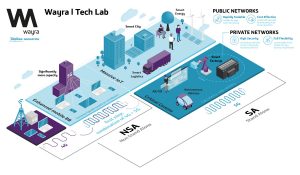
At the Wayra 5G Tech Lab in Munich, start-ups and founders develop innovative 5G applications in a wide range of areas. (Source: Telefónica)
Away from the ITS World Congress, Telefónica will in future be making a contribution to digitization in the Hanseatic city. The mobile provider is cooperating with Dataport, the IT service provider for public administration, in setting up a 5G lab. In the future, special 5G use cases for Hamburg’s business and administration will be tested here. The lab will enable all users to further develop their digitization processes and follow the latest developments in 5G and its applications for public and private networks in a secure environment, the two partners announced.
Telefónica had already opened a dedicated 5G Tech Lab in Munich in the spring. Wayra, the telecommunications group’s Open Innovation Hub (website), is providing a campus network here with state-of-the-art 5G standalone technology. With 100 MHz bandwidth in the 3.7 GHz range, the 5G Lab network is characterized by minimal latency and high data rates. The following key areas are in particular focus:
- Industrie 4.0 / Industry of Things (IoT)
- Drones
- Robotics
- Virtual Reality
- Data analytics
- Artificial Intelligence
- Machine Learning
- Process Automation
“With the new 5G Tech Lab, we are ensuring that, together with our Innovation Hub Wayra, we are at the forefront of the development of new 5G applications and business models. This investment is paying off: Together, we are taking new 5G applications for our customers out of the lab and into everyday life.”
Markus Rolle, CFO Telefónica Deutschland / O2
Founders and start-ups are offered the opportunity to develop new 5G applications for consumers and industry. In addition to YBVR (mobile gaming) and Eyecandylab (interactive streaming content using augmented reality), the first development partners include the start-up Haltian, which has developed a digital image of an office building – a so-called digital twin – for smart building management. This is supplied with current data such as room temperature, air quality and movement in the rooms in real time by means of IoT sensors and can display this in detail on a screen.
Another startup in the 5G Tech Lab is Unmanned Life with its autonomy-as-a-service software platform. This is capable of controlling various fleets of autonomous drones and robots – even over long distances. In an initial demo, for example, a simulated drone rescue mission at Unmanned Life’s Brussels R&D lab was controlled from Munich. The platform uses 5G, artificial intelligence (AI) and IoT (Internet of Things) for Industrie 4.0 and smart city applications.




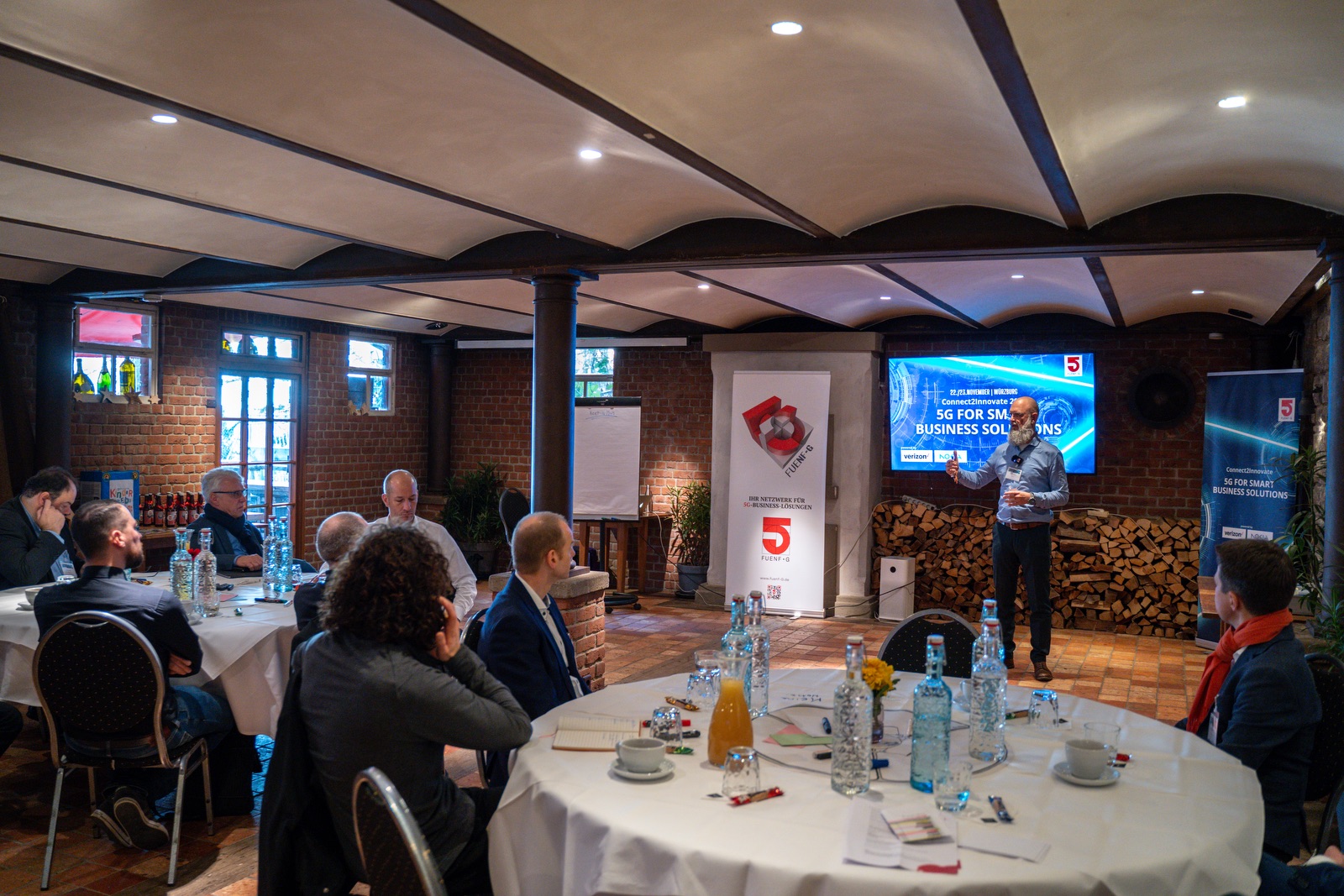
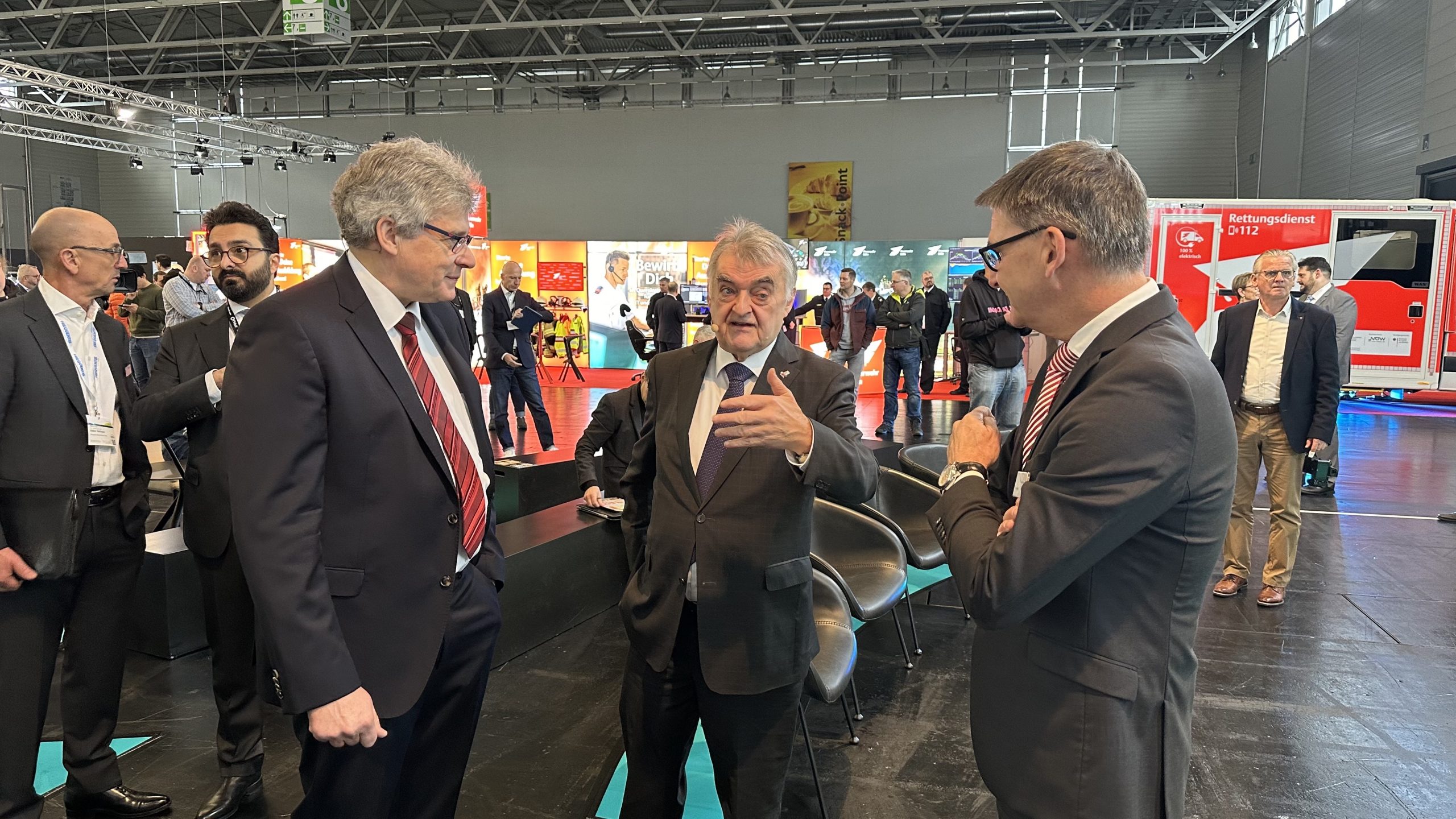

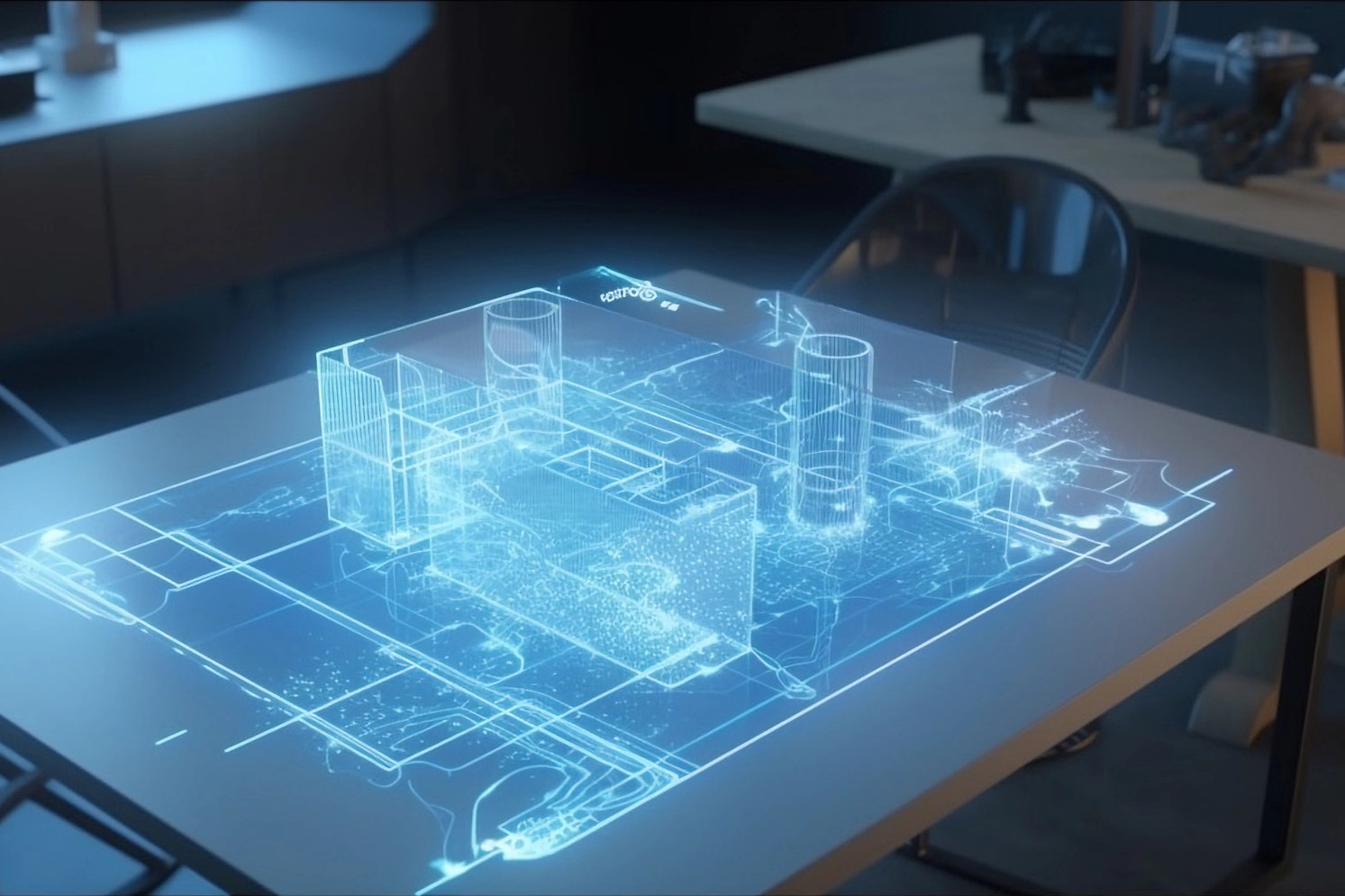
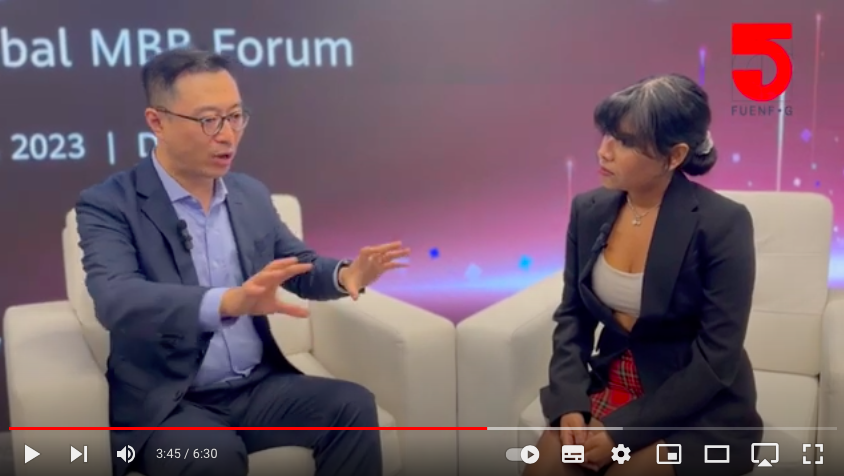


Leave A Comment